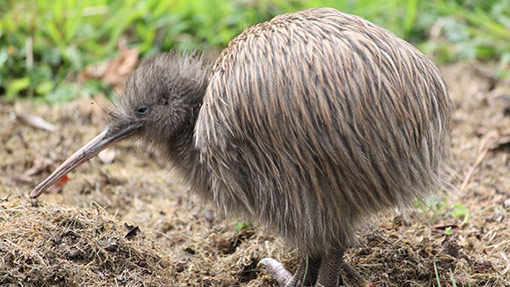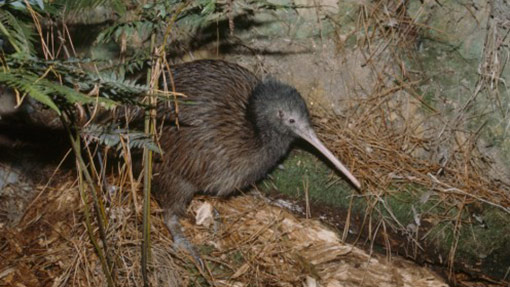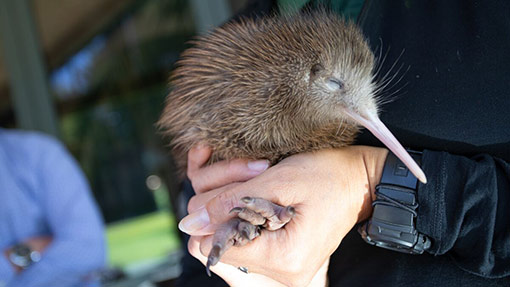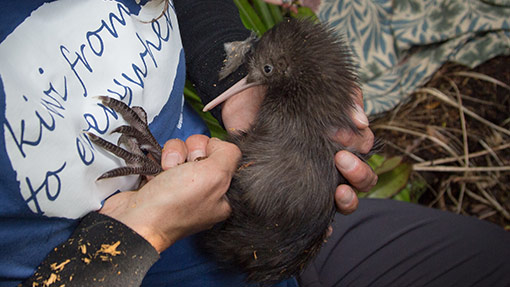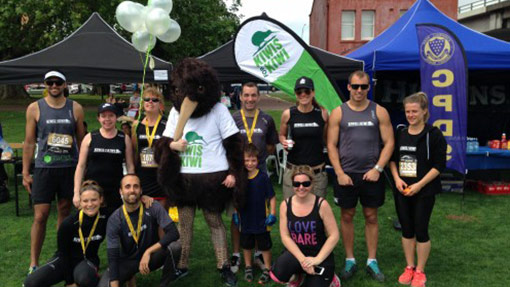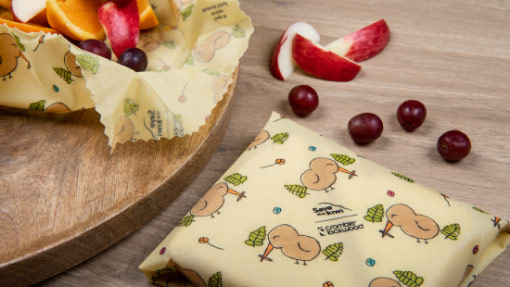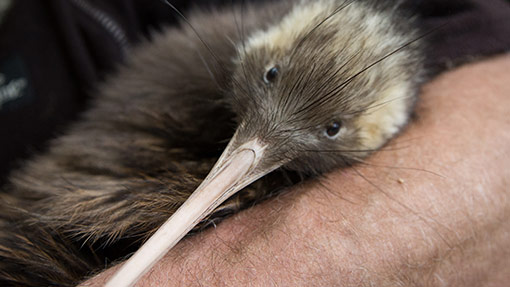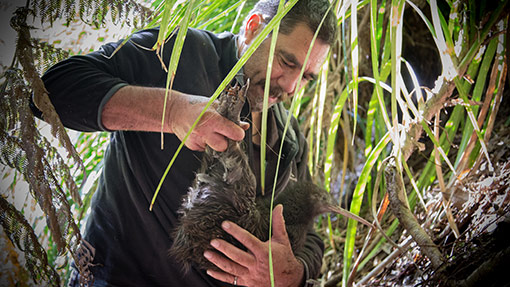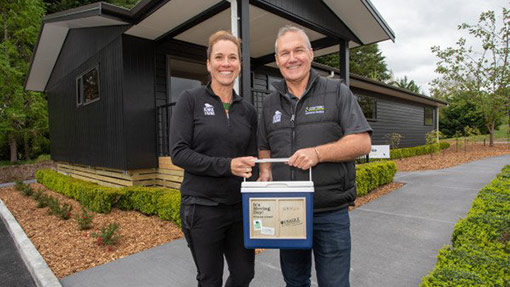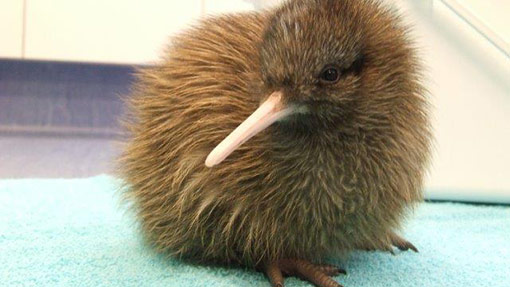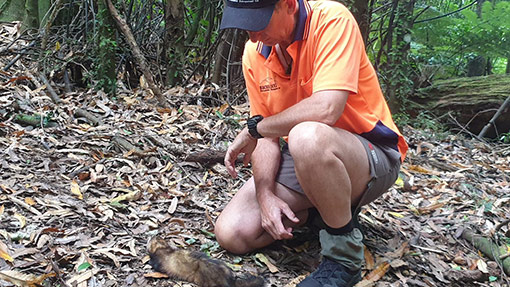Stoats, ferrets, rats, and other predators are threatening to wipe out the wild kiwi population all over Aotearoa. So what can we do to help?
In fact, only 5% of chicks born in the wild make it to adulthood, and today it’s estimated that the wild kiwi population sits at around 68,000.
Predators
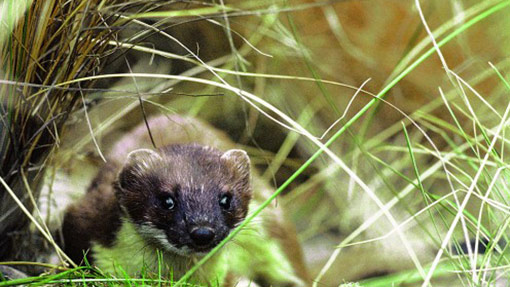
Stoats
Stoats are public enemy number one for kiwi chicks and are the main reason why 95% of kiwi hatched in the wild die before they reach breeding age. They’re highly mobile and very clever, which makes them notoriously difficult to trap.
Show More
Part of the mustelid family (which includes ferrets and weasels), the stoat is very mobile and incredibly smart, which makes them very difficult to trap. Stoats are a particularly effective predator because they can kill kiwi chicks that weigh four or five times more than they do. In fact, stoats are the main reason why 95% of kiwi hatched in the wild die before they reach breeding age. Kiwi that weigh more than 1kg have a fighting chance against a stoat though.
Ironically, stoats were introduced to New Zealand in the late 1800s to try to control a plague of introduced rabbits. Unfortunately, New Zealand’s flightless ground nesting birds, lizards, and insects were easier to catch than the rabbits were which meant that both the stoat and rabbit populations thrived.
Stoats are smaller than their ferret relatives but are the most abundant and widespread mustelid in New Zealand. They’re active during the day (which makes kiwi particularly vulnerable because they sleep during the day), and they’re excellent climbers and swimmers. In fact, stoats have been known to swim up to two kilometres, and while they’re not found on many offshore island sanctuaries, stoat incursions have occurred on Kapiti Island and Motutapu Island because of swimming stoats.
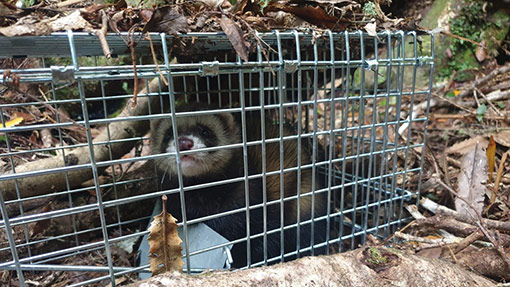
Ferrets
Ferrets belong to the same family as stoats, but they’re much larger and can therefore confidently take on an adult kiwi. Although it’s devastating to lose any kiwi, losing adults is particularly worrisome.
Show More
Older kiwi, with their feisty nature, sharp claws, and strong legs, can defend themselves against stoats. But they’re vulnerable to ferrets, the largest of the mustelids, which is particularly worrisome because if adult breeding kiwi are killed, a sudden population crash occurs that has significant and long-lasting effects on the future population of kiwi.
Worryingly, ferret numbers are increasing. In parts of the country where ferrets have not been reported before, they are now being identified more and more. This is likely due to hotter, dryer, longer summers which cause rabbits to flourish. When food is plentiful for ferrets, they breed more often and produce more kits (usually eight kits in one litter, and multiple litters every year).
Ferrets are typically found on the forest fringe and on farmland, in places where rabbits flourish, but we are increasingly hearing reports of ferrets making their way deep into the forest where kiwi and other native wildlife live. Ferrets are also nocturnal which means they hunt at the same time kiwi are out looking for food.
As a result, kiwi are increasingly up against a threat they’ve never had to combat before – and in some parts of the country, it’s a threat they’re losing against
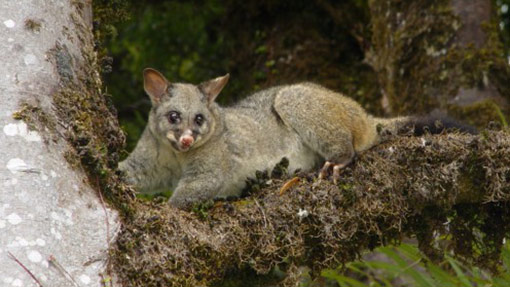
Other pests
Animals like cats, pigs, and possums can also kill kiwi. Other pests like rats, mice, and hedgehogs may not kill kiwi but they can cause other serious problems.
Show More
While wild cats are not a major threat to kiwi, they wreak havoc on other indigenous taonga. They can be trapped in baited cage traps, but this is often difficult to do, particularly when there is an abundance of food they like to hunt, such as rabbits and rodents. Most cats are caught during the autumn and winter months, when less of this other prey is around.
Wild pigs are opportunist scavengers and foragers. Their omnivorous diet includes fern fronds and roots, supplejack, grasses, fruits, native snails, worms, and centipedes – and the eggs and chicks of ground nesting birds like kiwi. Hunting dogs that are used to hunt wild pigs can also be lethal if their untrained and uncontrolled.
Possums destroy native trees and shrubs, and eat the berries needed by native birds. They also eat New Zealand’s native land snail, lizards and insects, and chase birds off their nests to eat the chicks and eggs.
Rats and mice are usually in the bush in large numbers. They pose two problems for kiwi. Firstly, they degrade native forests by eating the fruit that native birds depend on for food and the forest needs for natural regeneration. Secondly, they are food for the kiwi’s predators including mustelids and cats which means they inadvertently help keep the populations of these lethal predators high.
Hedgehogs are not kiwi killers, but they do compete with kiwi for native insects and snails. Hedgehogs also eat the eggs of ground nesting birds.
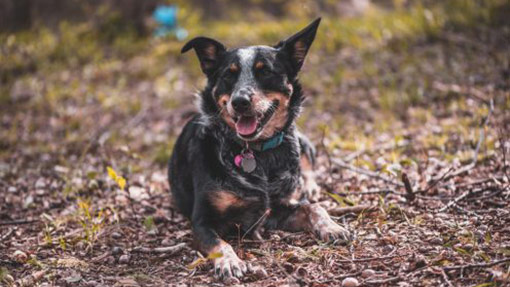
Dogs
While stoats are the biggest threat to kiwi chicks, dogs are the biggest threat to adult kiwi. That’s because even an inquisitive nudge could fatally damage a kiwi’s incredibly delicate chest.
However, dogs are important members of many New Zealanders’ families so it’s important to understand how to keep kiwi and other wildlife safe while you’re out and about with your dog.
Show More
Any dog, regardless of its age, gender, size, or training, has the potential to crush the delicate bodies and organs of young and adult kiwi. Because it doesn’t fly, a kiwi doesn’t have a protective breastplate like other birds have. Therefore, even a gentle nudge from an inquisitive dog could injure or kill a kiwi.
The best option is to keep your dog under control at all times, whether that’s on a lead, off-leash at a designated dog park, or indoors at night. Here are some other tips:
- If you live in an area where kiwi live, always make sure you prevent your dog from roaming.
- Keep it tied up, in a kennel or inside at night.
- Keep it on a lead when walking in areas where kiwi and other wildlife live.
- Exercise your dog in public dog parks or designated dog-friendly locations.
- Be aware of and follow any bylaws about dogs in the areas you live and visit.
- If you see a sign that says dogs are prohibited from entering that area, obey it.
- Get your hunting or farming dog Kiwi Avoidance Trained.
There are some legal considerations too. Dog owners are legally obliged to always keep their dogs under control in areas where wild kiwi live. Under the Dog Control Act 1996, every dog owner must make sure their animal is kept under control and does not injure, endanger, or cause distress to any protected wildlife (including kiwi), or stock, poultry, and domestic animals. Any dog that is ‘at large’ and is an immediate threat to kiwi may be seized or destroyed by the landowner or a dog control officer. Local authorities can put additional controls on dogs, such as excluding them from some areas or limiting their numbers.
Under the Conservation Amendment Act 1996, some areas are open to dogs, some areas are ‘controlled’ and dogs can only go there if the owner has a permit, and some areas exclude dogs altogether if they pose a high risk.
One solution is predator control
Over the past 20+ years, Save the Kiwi has worked alongside Māori- and community-led kiwi conservation groups all over Aotearoa to make more kiwi-safe habitat. And the hard work is paying off.
In areas where kiwi predators are intensively controlled, kiwi hatching increases to 50-60%. In order to sustain populations levels, a 20% survival rate is needed. Anything over that means the population is growing. In fact, while the national kiwi population is seeing a 2% decline every year, there are a few pockets of kiwi habitat which is seeing an increase in numbers, like the Coromandel which is seeing a 9% increase thanks to highly engaged community projects and intensive trapping all over the Peninsula.
Many groups and individuals are involved in predator control and monitoring all over New Zealand, including the Department of Conservation Te Papa Atawhai, Landcare Research, and community kiwi conservation groups.
Over the years, best practices have been developed for controlling a range of animal pests which identify the best technique and technology depending on the target species, the size of the area, the terrain, and who is available to do the work. It’s also important that humane kill traps are used, and that traps and poisons are laid in ways that do not accidentally kill kiwi and other native animals.
Best practices have also been developed to monitor what is happening in the environment. This reveals what pests are in the area which informs what control is needed and what measures are working.
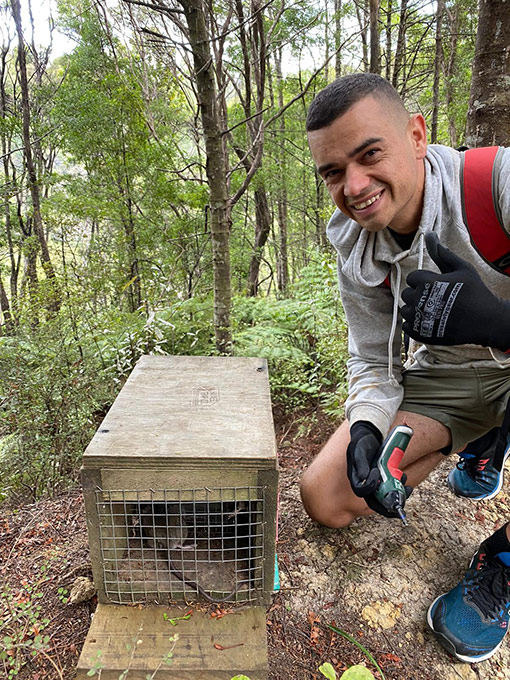
What you can do to help
Predator management makes a significant difference to kiwi populations, especially when dog owners keep their dogs under control.
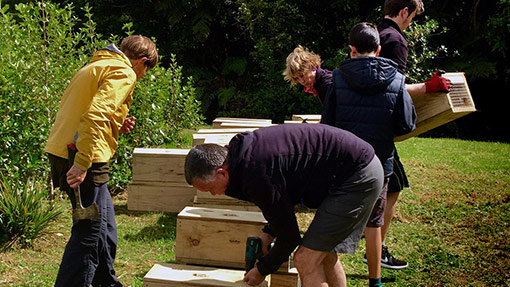
Predator Free 2050
Predator Free 2050 is an ambitious plan to eradicate Aotearoa of introduced pests and predators like stoats, ferrets, rats, and possums by the year 2050. In doing so, Predator Free 2050’s vision is to enable our native wildlife to not just survive but thrive.
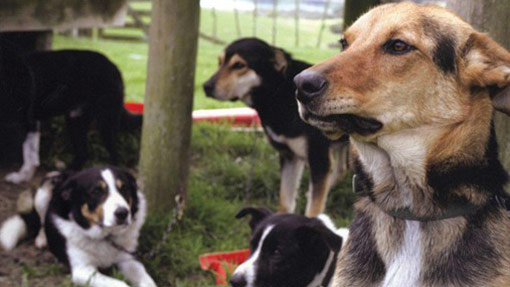
Dog owners
Dogs are important members of many New Zealanders’ families. However, dogs are the biggest threat to adult kiwi. Find out what you can do to ensure your dog never meets a kiwi in the wild.
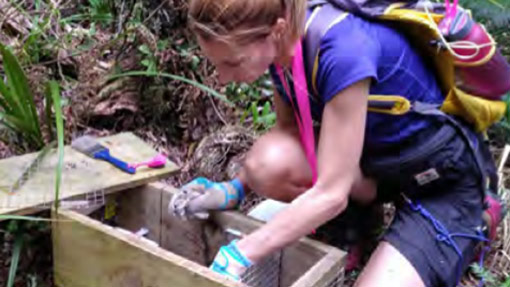
Volunteer
There are hundreds of volunteer trapping groups all over New Zealand. Find a group and help manage predators in your little corner of Aotearoa.
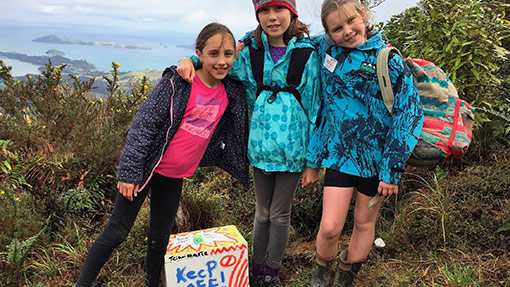
Leave a predator free legacy
Predator control is often managed by volunteers, but traps and other supplies cost a lot of money. Help create a predator free New Zealand for future generations long after you’ve gone by leaving a donation to Save the Kiwi in your will.
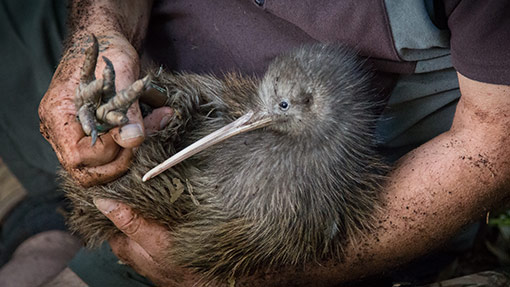
Advocacy
We’re all in this together. Save the Kiwi works to raise awareness about the plight of the kiwi and what is being done to help via social media, regular newsletters, and media publicity. (Photo credit: Jenny Feaver)
Predator control
Stoats, ferrets, rats, dogs, and other predators are the greatest risk to the kiwi population. Find out more about predators, the harm they cause to our native taonga, and what we can do to help.
Kiwi avoidance training
Dogs are the biggest threat to adult kiwi. Learn about a method that can successfully teach dogs how to avoid kiwi when they come across them in the wild.
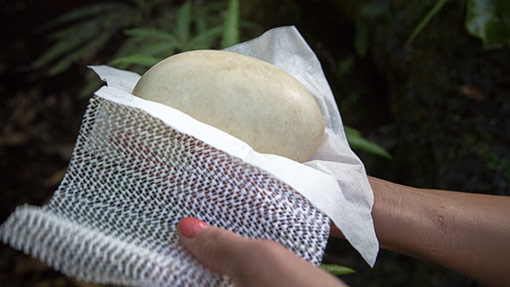
Operation Nest Egg
Operation Nest Egg is a national kiwi breeding programme which grows kiwi numbers much faster than they could in the wild. Find out more about what and who is involved. (Photo credit: Jenny Feaver)
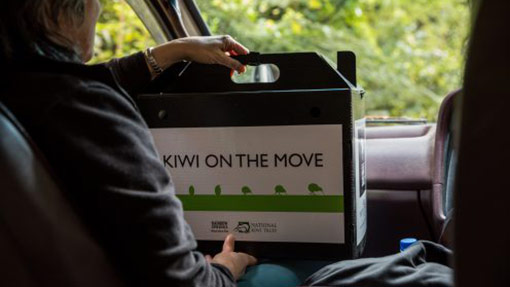
Kōhanga Kiwi
Kōhanga Kiwi is a ground-breaking strategy that both preserves current numbers of kiwi and increases them. Learn about this world-leading conservation initiative.
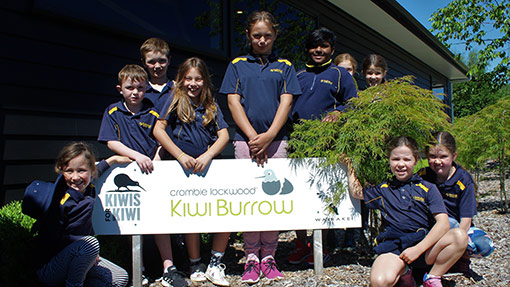
Gallagher Kiwi Burrow
The Gallagher Kiwi Burrow (formerly known as the Crombie Lockwood Kiwi Burrow) is Save the Kiwi’s kiwi incubation, hatching, and brooding facility. Learn about the facility and the chicks that temporarily call this facility home.

Whānau, hapū, iwi & kiwi
Kaitiakitanga is integral to the spiritual, cultural, and social life of tangata whenua. Find out how Save the Kiwi is committed to supporting Māori leadership in kiwi and wider efforts to restore the health of the whenua.
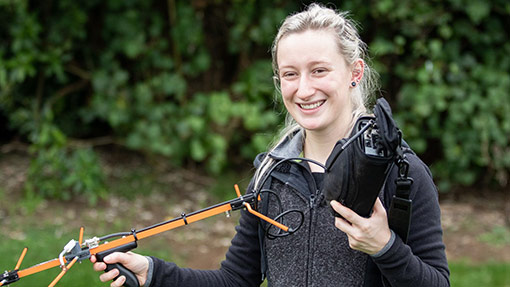
Jobs for Nature
In 2020, Save the Kiwi was awarded Jobs for Nature funding which was redistributed to various kiwi conservation projects. Find out about these projects and the environmental gains they’re seeing. (Photo credit: Jenny Feaver)
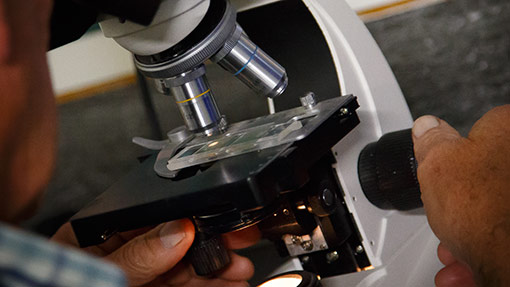
Research
An enormous amount of research about the kiwi population has been undertaken over the years. Learn about the research behind Save the Kiwi’s vision.
